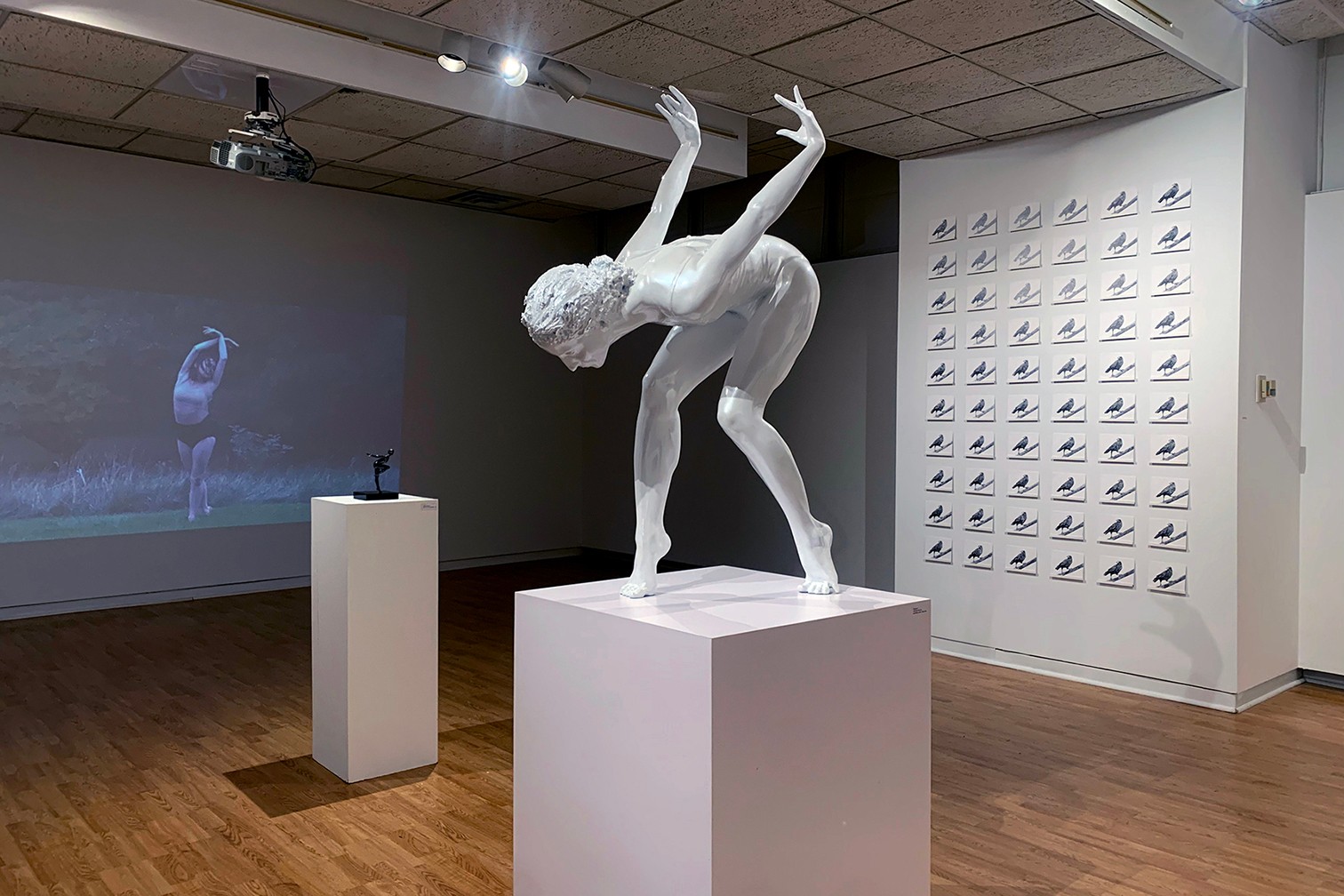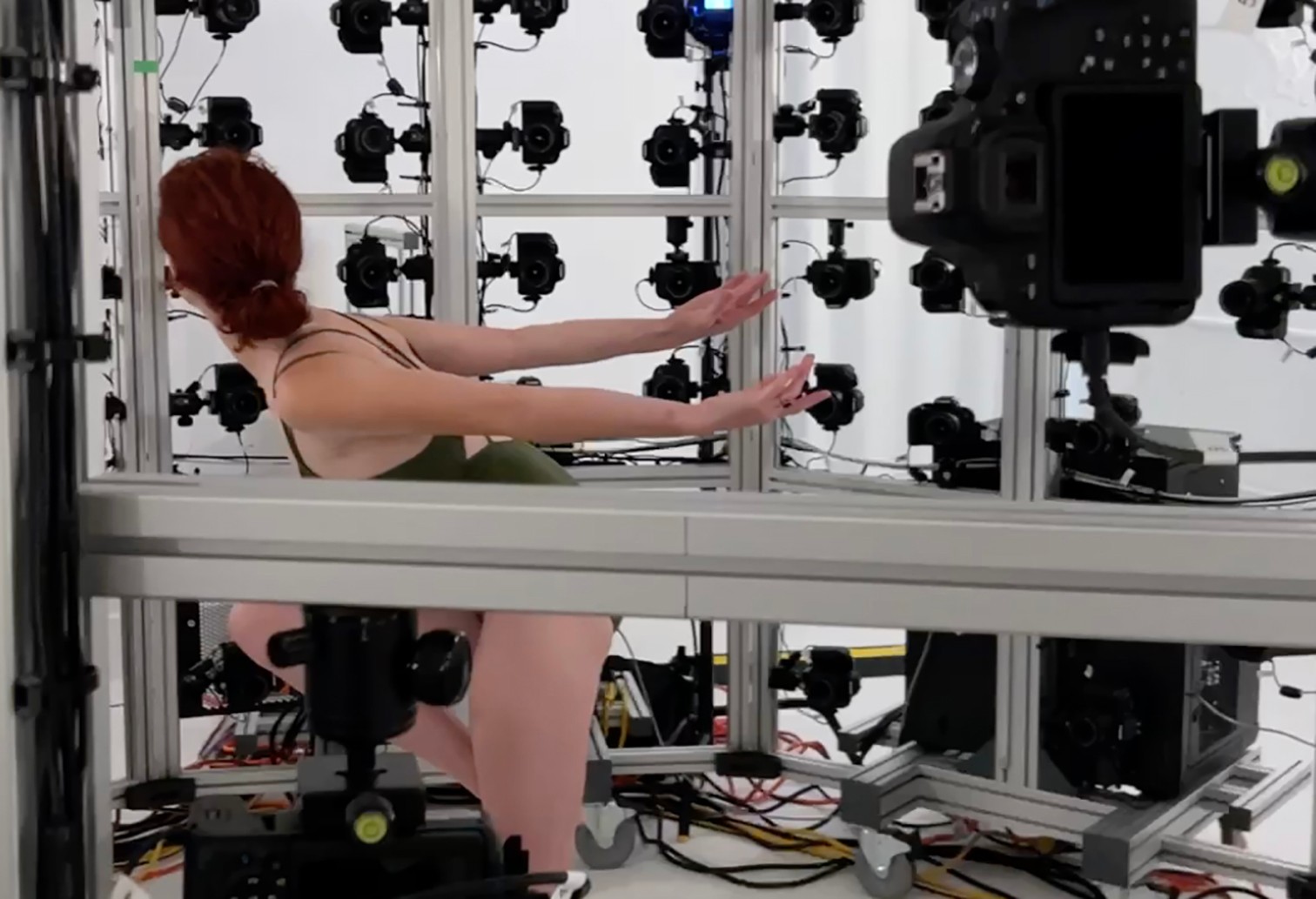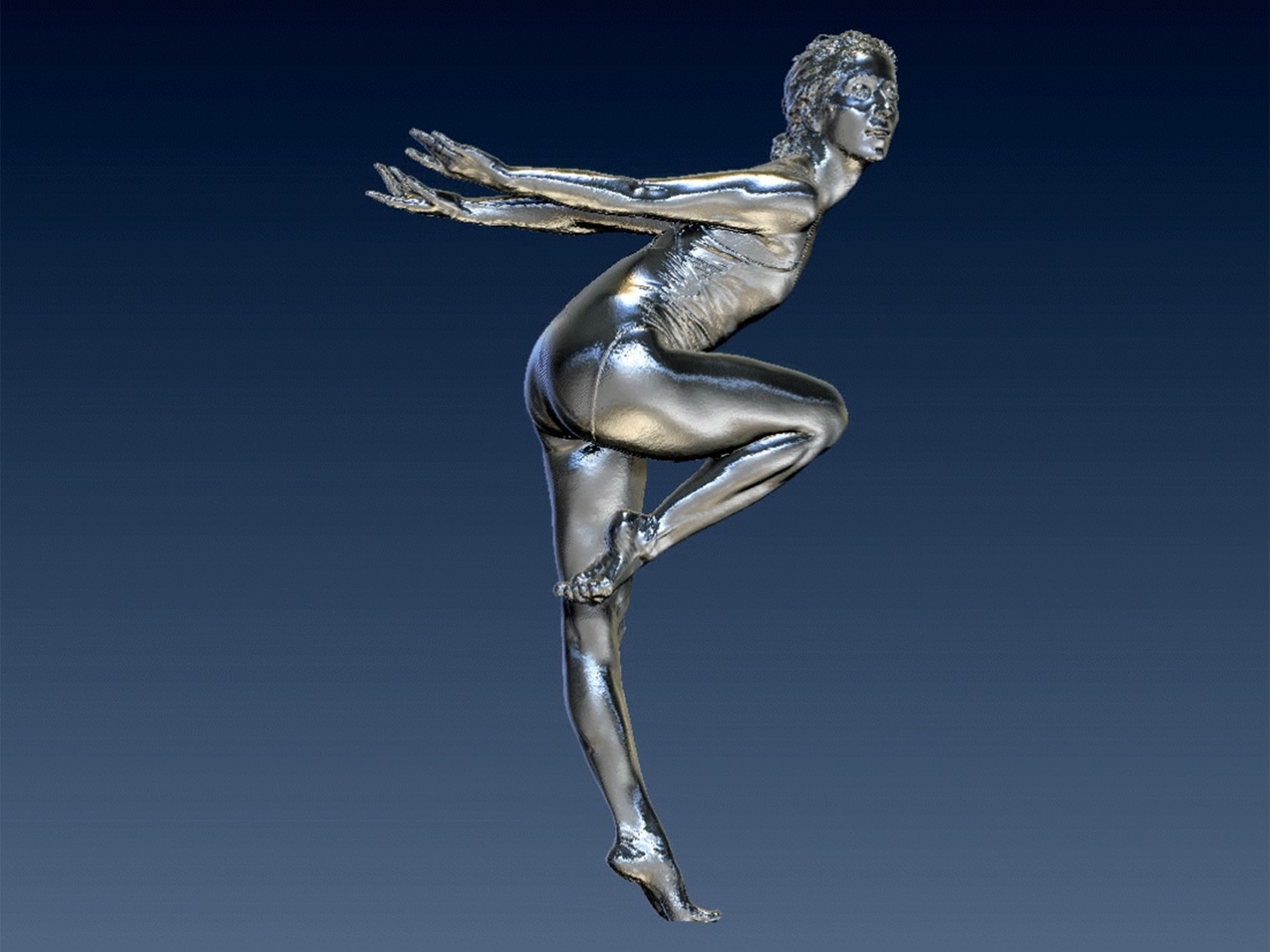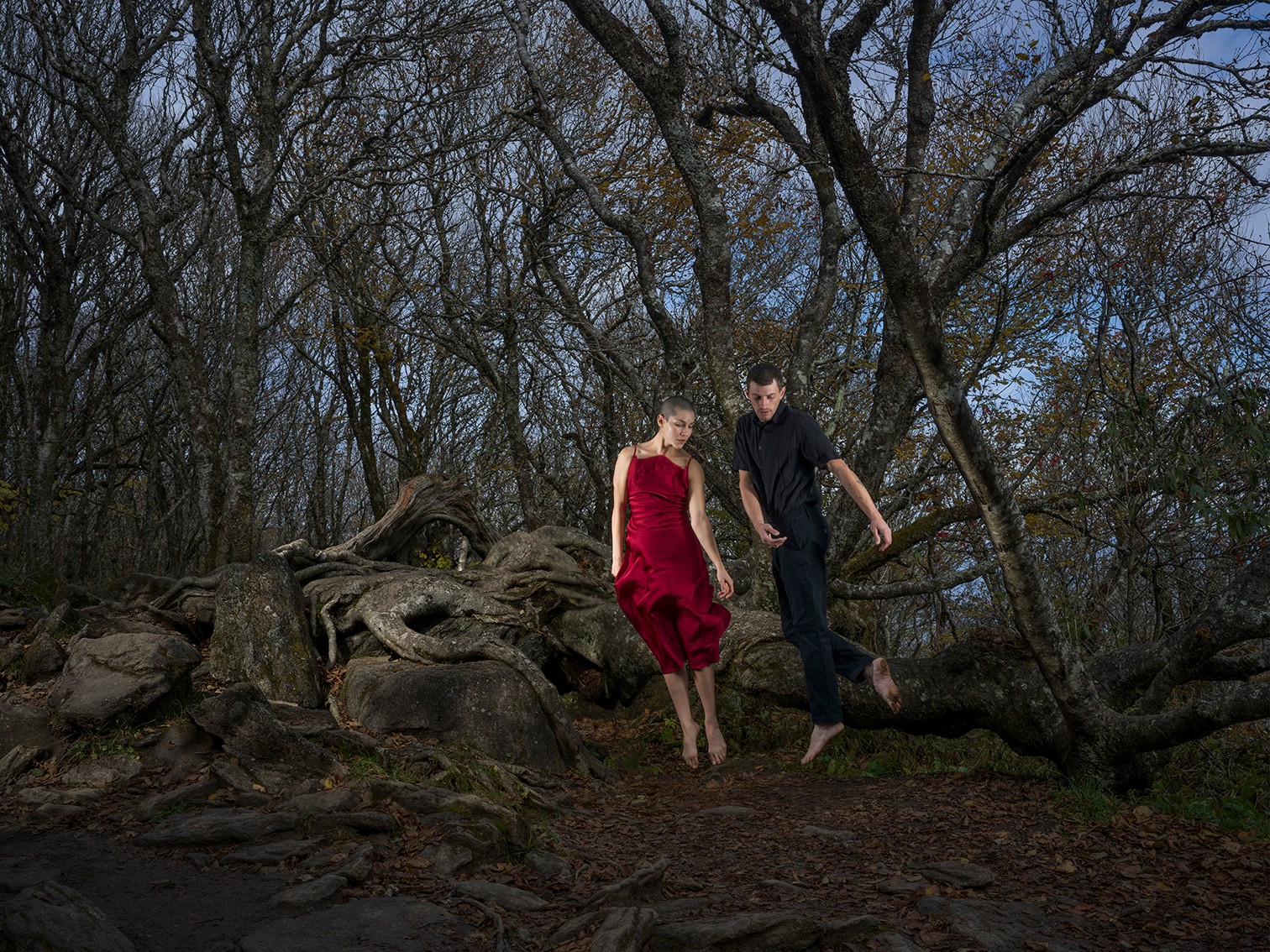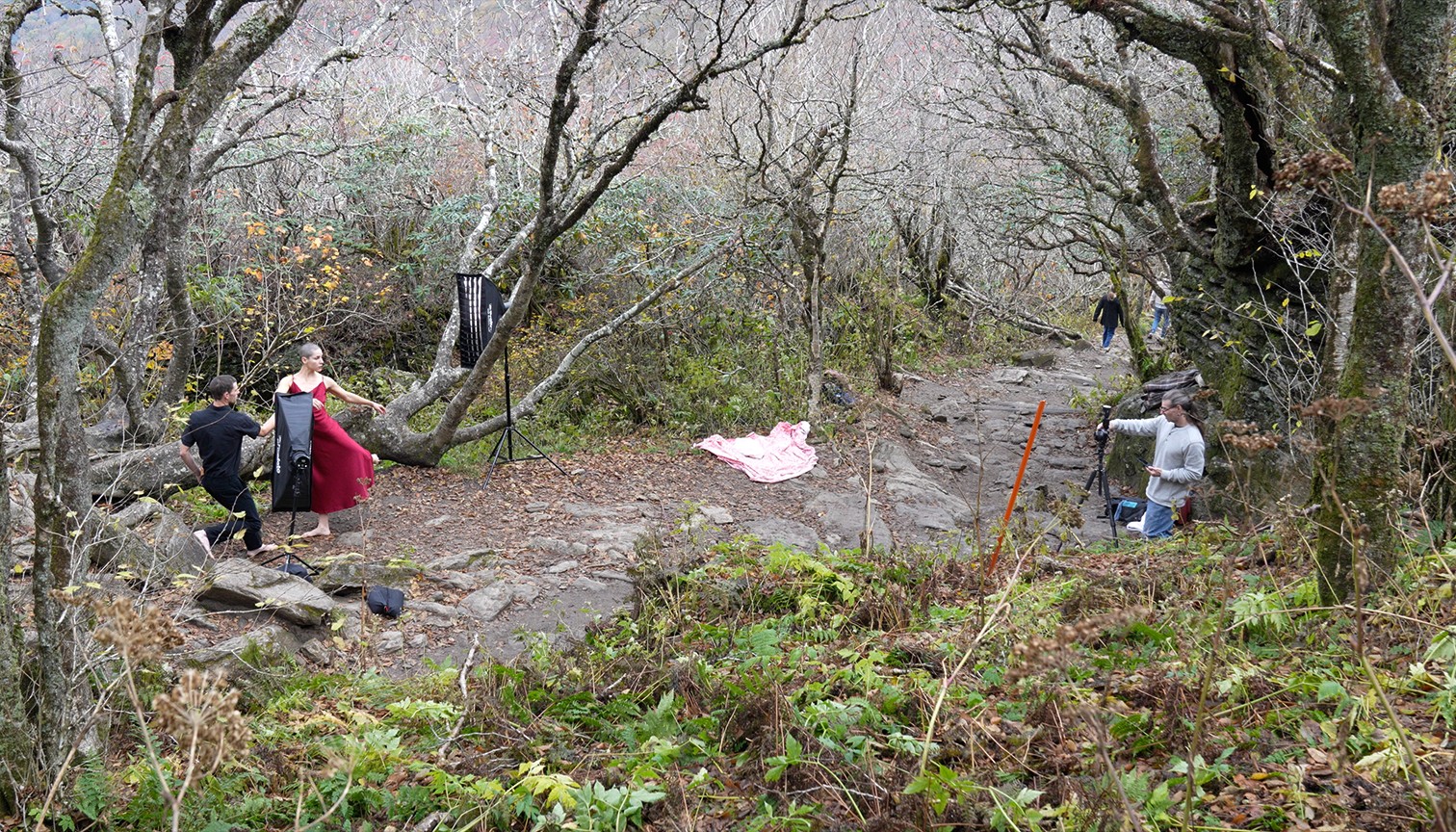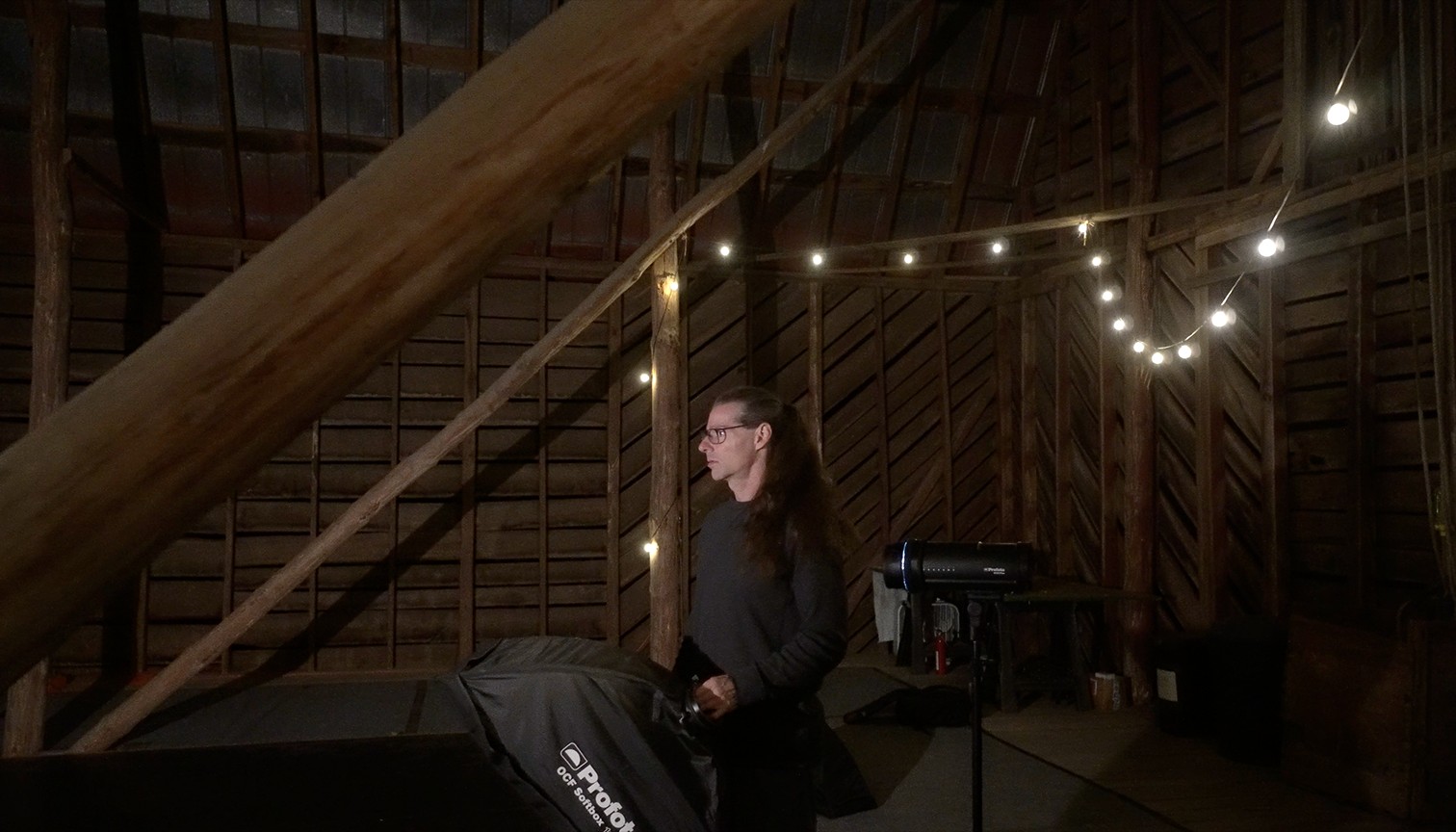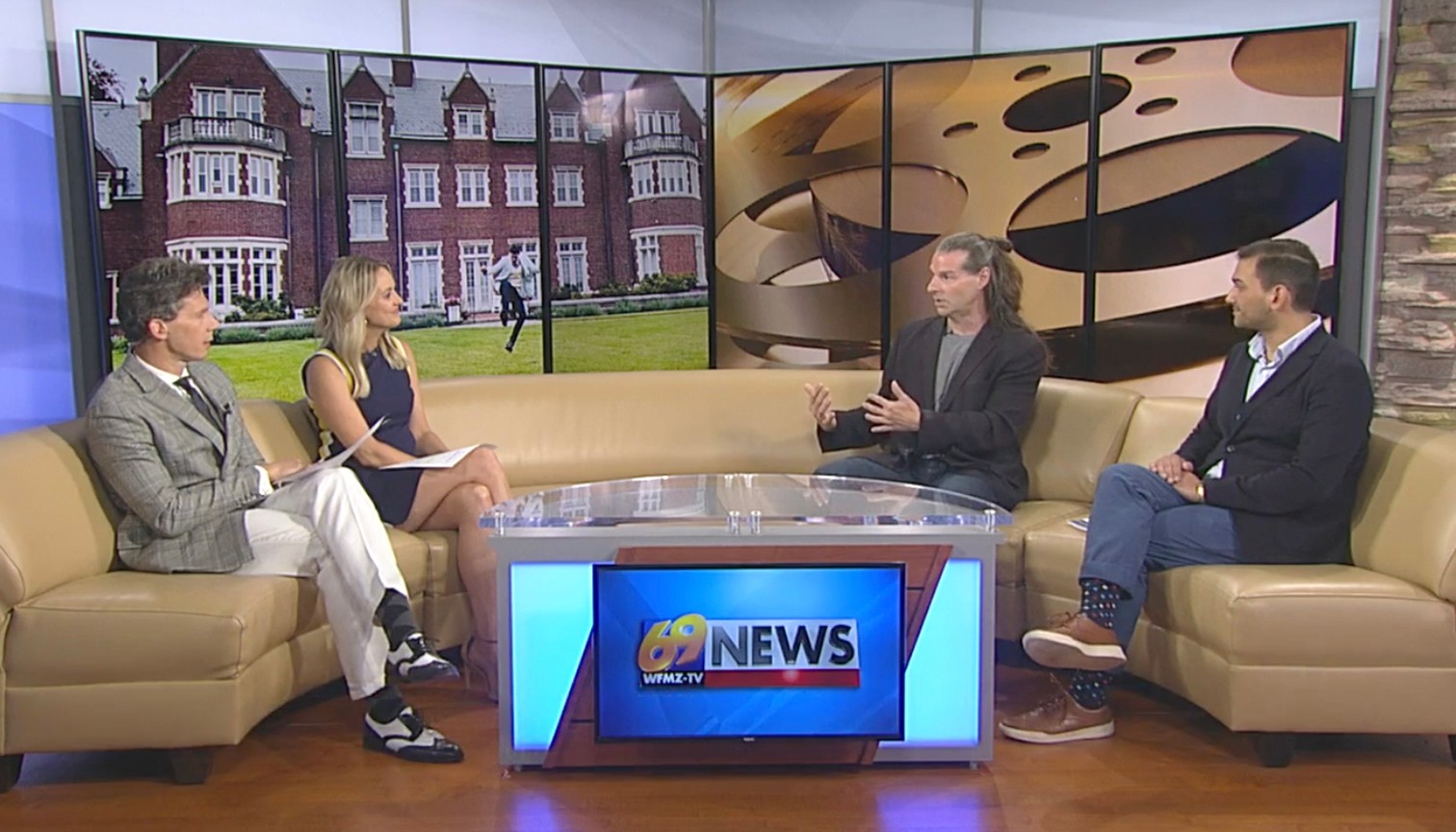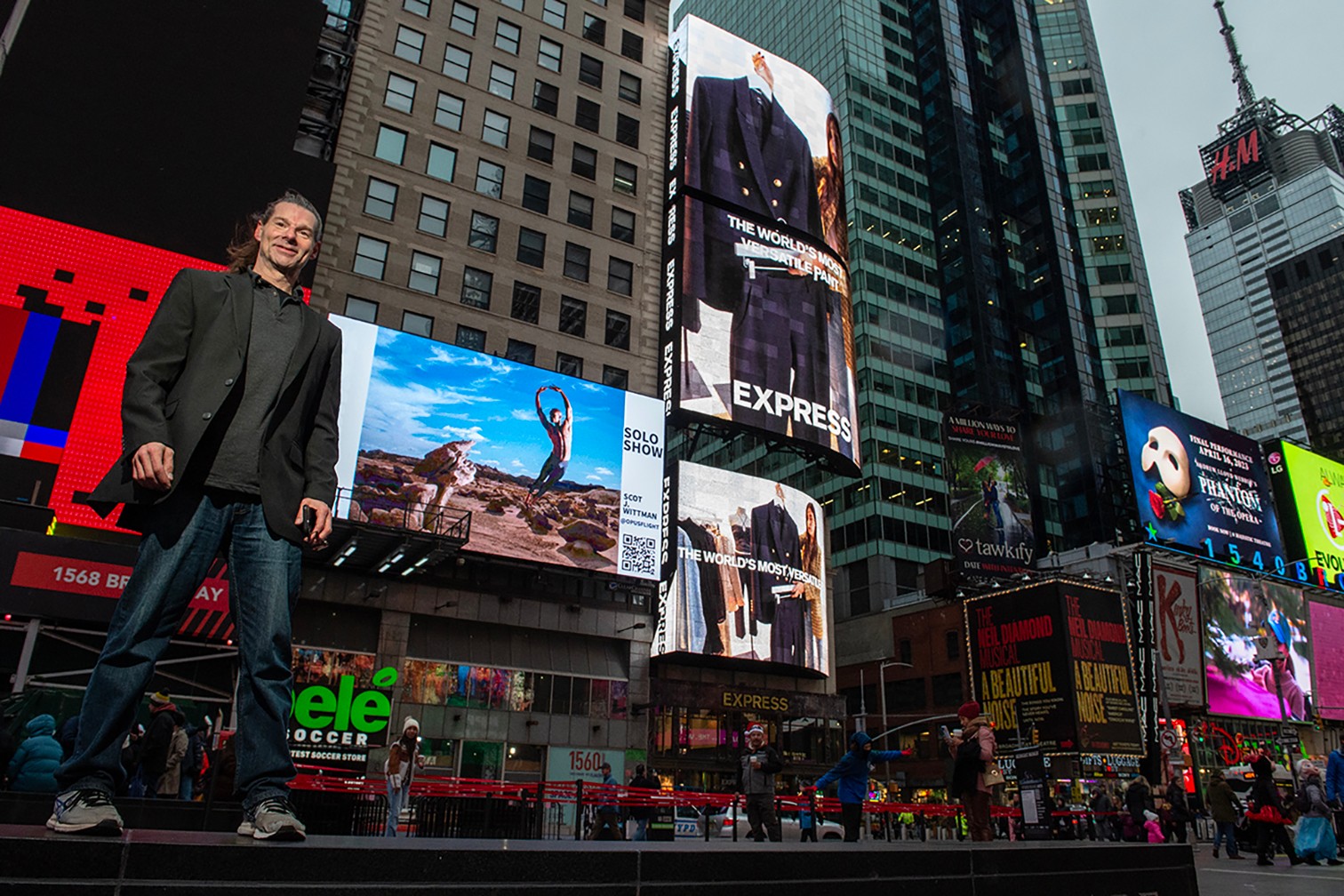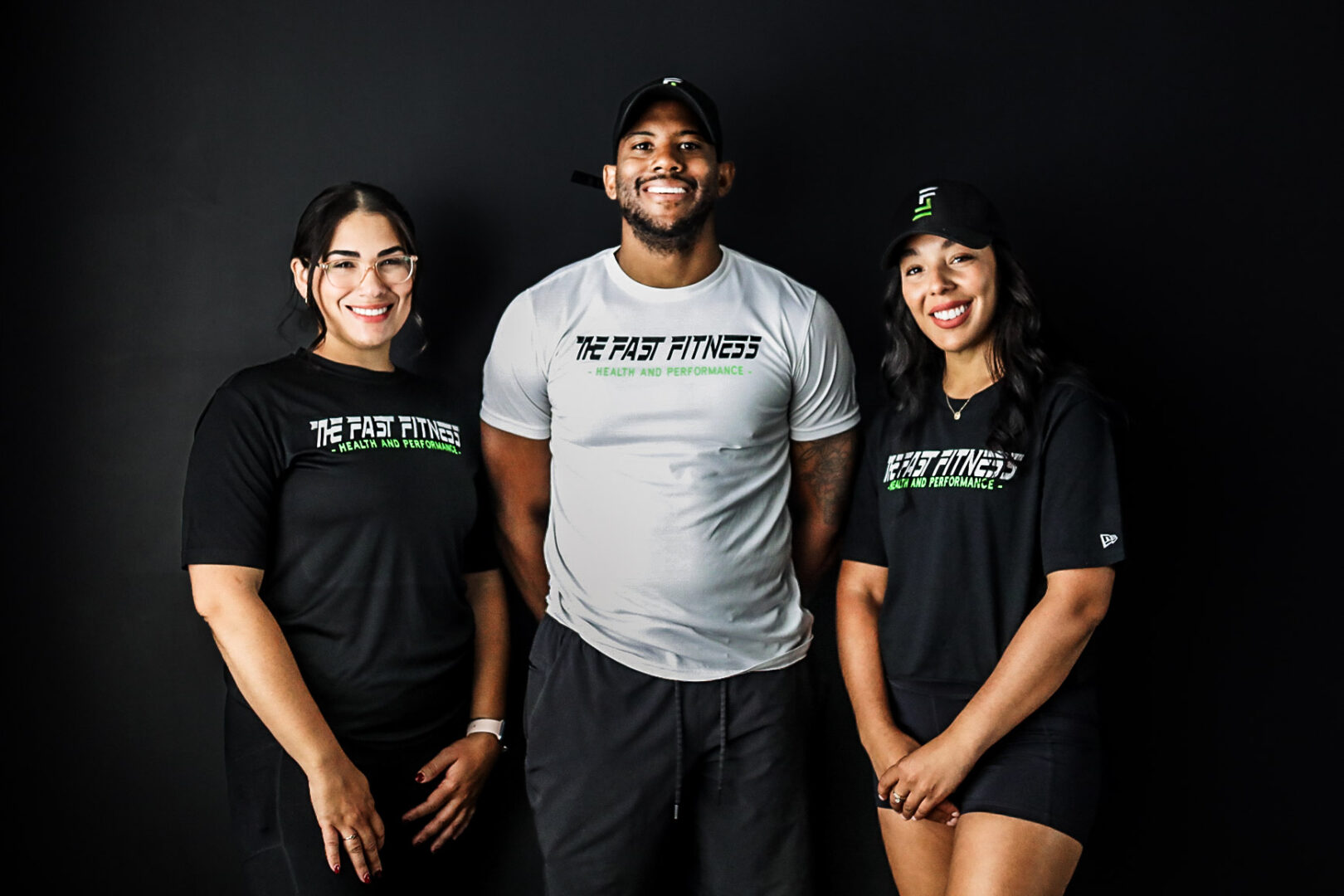We recently connected with Scot J. Wittman and have shared our conversation below.
Alright, so we’re so thrilled to have Scot J. Wittman with us today – welcome and maybe we can jump right into it with a question about one of your qualities that we most admire. How did you develop your work ethic? Where do you think you get it from?
“I’m a firm believer in luck, and I find the harder I work the luckier I am.” It’s why I’m currently collaborating with two departments at Harvard University to make artworks, why I was inducted into the New Jersey Disc Golf Hall of Fame a few months ago, and why I have been leading an annual conference of art educators for 15 years. For as much as I work hard, I play hard too. I meet with the same friends every Tuesday to catch up, and I’m always happy to make new friends. When I’m neither working hard (in my Philadelphia Center City studio) nor playing hard (usually at Love City a few blocks away) I’m driving extremely long hours. I spend every free chunk of days I can scouting for beautiful backdrop locations. My 6-year-old car is near the end of its second transmission. I’ve logged many miles for reasons other than scouting too – most recently I drove 8 hours each way, many times, to make sure my last solo show was perfect. I measured every square inch of the gallery, but also returned to the space to answer questions about what it **felt** like to be in the gallery: the lighting from the windows, how many footsteps it took to get to the middle of the room, etc. I don’t know where I get my work ethic from, but I do know that when I’m passionate about something I work very hard to bring that vision to exact completion.
Great, so let’s take a few minutes and cover your story. What should folks know about you and what you do?
My recent art installation involved a life-sized 3d-print of a dancer, slow-motion video projection along the south wall of the gallery, 60 identical graphite drawings of the same crow, a smashed vase with flowers spilling from the pedestal’s top down to the gallery floor, and other ephemera. It also showcased 8 photographs from my Grand Jeté Series. I have been meeting dancers at distinct locations that reveal pure nature (no built structures) and I record moments that showcase their natural talent. Sales of each photograph translate to philanthropy: I donate towards nature conservancies that are local to the places in which I exhibit. The 3D-print allowed me to bring the series into the round. I wanted to celebrate more fully the capabilities of the dancer in a relatable dimension. Life-Sized Kim is in perfect scale to the actual person; it also captures her prowess and personality excellently. However, there is a strange complement to the humanity captured; as she is the product of extruded material and automotive paint, she appears between candid and construction. Between talent and technology. In the next eighteen months there will be works that involve similar fabrication, and also performance. I am very excited about this. My Mailing List will get the first sneak peaks; later, when models start to emerge I most likely will post on my Instagram.
There is so much advice out there about all the different skills and qualities folks need to develop in order to succeed in today’s highly competitive environment and often it can feel overwhelming. So, if we had to break it down to just the three that matter most, which three skills or qualities would you focus on?
Listed below are three components to my recent successes. People should keep in mind however that at every step of the way there has been some degree of struggle – nothing was a snap.
1 – Use the drop-down menu.
There are so many services/libraries out there that allow one to learn… anything! I was able to make a lot of the individual works in my last solo show because I bought into a few online tutorial services. I learned a lot! Pro tip: I wasted weeks learning from one service, and after switching to another I learned 90% of what I was looking to accomplish in only 7 minutes! As I mentioned earlier: there’s an initial [necessary] struggle factor.
2- Do Not use the drop-down menu – talk to people!
Of course I would not waste someone’s time when I could just follow the advice in the paragraph above. For example, I wouldn’t cold call the head of a department at a university to ask how to crop an image in Photoshop. However I would, and did, ask a friend if they knew anyone who knows the answer to how I would go about digitally recording an entire rugby team in one single scrum moment – in the round. This started a journey of meeting different people in different states who were all happy to answer questions and to help an interesting project perhaps come to life.
3 – Do Not use the drop-down menu and also do not listen to other people.
The number of times throughout my life that I tried to learn “how it’s done” rather than “how I wanted to do it” is mind-boggling. I’m not trying to say that building a bridge without the proper engineering background is a good idea, but there have been many moments where I could only get to a certain point by *doing* it myself my way. This is not about listening to an inner voice and ignoring the world; this is about gaining knowledge and skill but still not reaching yet the point at which I’ve wanted to arrive. It’s about standing on the shoulders of giants and then leaping. In my own direction. And learning from the unique experience. This is a valuable lesson I’ve learned in greater dimensions in bigger arenas during my journey.
Tell us what your ideal client would be like?
I do not seek clients, although I am happy when the galleries that represent me fold them into the picture: ‘collector’ is a better term. Recently the term ‘supporter’ is perhaps even better. Collectors appear at the end of a concrete process whereas supporters emerge at the beginning of an abstract process. Collectors acquire my work often asynchronously in relation to the finished art object: after years of a watchful eye, or instantly winning an auction. Some collectors are people whom I’ve never met, from a distant country, who acquired my work through a gallery perhaps long after I created the work. Some collectors are followers and friends who purchase directly through my website the instant I post a story on Instagram. Supporters, in contrast to collectors, fund upcoming projects that have yet to be created. Supporters receive many artworks during the production, as well as recognition. Currently two projects I am working on have garnered some investment/financial-backing. One project is the second part of a trilogy. The first film premiered at the Philadelphia Fringe Festival. This second film is tentatively titled “Ring Rang [W]rung.” I have been granted permission to use marvelous gold ballrooms in private institutions and I have received donations from an arts collective. The second project is generating a lot of buzz in an extremely specialized community – one in which I am proud to be part of and to speak from the inside. It is a major folio of portraits and my heart is warmed by how incredibly often I am hearing “I’d love to sit for you” and “how can I help?” This book already has an exciting life of its own. I suppose this all brings me right back to the quote at the beginning of this interview.
Contact Info:
- Website: https://www.mapographer.com
- Instagram: https://www.instagram.com/twinhemisphere
- Other: https://vimeo.com/mapographer
